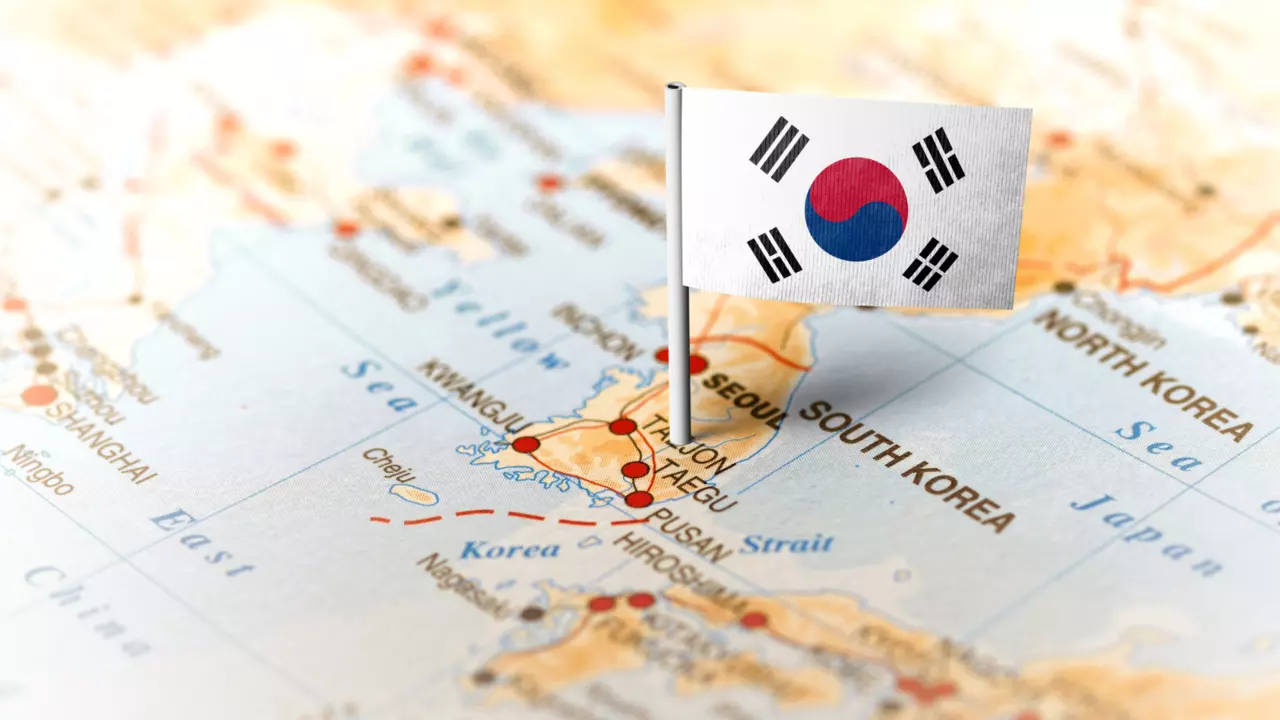Does BHD look different in South Korea?
3 Dec 2023
BHD is a condition that exists worldwide, but its’ effects may differ nation to nation. A group of researchers in South Korea looked at people with BHD to determine the presenting characteristics of the disease and it revealed interesting results. In this blog, we discuss the study and why the findings are so important.
Looking for BHD
This study invited 31 participants who live in South Korean, all of whom had lung cysts, but had not been tested for BHD. Through genetic testing, the researchers diagnosed 11 out of the 31 participants with BHD after the FLCN gene mutation was identified. The people in the non-BHD group who had lung cysts were generally older and it is likely they are a result of normal ageing, as lung cysts can be found in the general population.
What did BHD look like in these patients?
To get an understanding of how the condition looked like in the BHD group, common features were compared with the non-BHD group. Firstly, there was a higher incidence of lung collapses in the BHD group than in the non-BHD group. Interestingly, kidney tumours were not seen in the BHD group, but one person in the non-BHD group had a history of kidney tumours. Kidney tumours are one of the common features of BHD, but it is important to note that it does not appear in every BHD patient.
Another finding that may have been unexpected is the prevalence of lung cysts between both groups. The researchers completed CT scans (using x-rays to create images of the inside of the body) to look at lung cysts. More than half of the non-BHD group had more than 40 lung cysts present. In contrast, only two people with BHD had over 40 lung cysts.
Skin bumps are also a common characteristic of BHD but in this study, no one with BHD had skin bumps.
How does this compare to the rest of the world?
To conclude if BHD does look different in South Korea, the authors of this paper looked at previous studies. Global data suggests that patients with BHD usually present with typical skin bumps and kidney tumours. However, these two characteristics were not common in the BHD group from this study. For example, no patients in this study had skin bumps, but in Western countries it’s been reported to be among one of the most common BHD symptoms. The most common feature that BHD patients shared in this study was lung collapse. Out of the 11 patients with BHD, 10 individuals had experienced lung collapse. In western countries, lung collapses are thought to occur in around 1 in 4 people with BHD. Consequently, the researchers concluded that lung collapses may be more common in South Korean patients with BHD, with other symptoms such as skin manifestations and kidney tumours being less common when compared to BHD patients of other nationalities.
One size does not fit all
So, does BHD look different in South Korea? It is possible that BHD may look different in various parts of the world. For example, a major diagnostic criteria for BHD is skin manifestations but, in this study, this symptom was less common in South Korean patients. Genetic differences do exist among ethnic groups, and this is something we may need to consider when screening for BHD. If the presentation of BHD differs in some parts of the world, it is possible that countries will need their own tailored diagnostic criteria for BHD to ensure the condition is not undiagnosed in patients. However, to truly determine this, more research is required looking at BHD in people of different nationalities. It is also important to note that this study had a relatively small sample population, and although its results are similar to other studies done in South Korea,more research is needed to reach a stronger conclusion.
To read the full paper, please click here. We have also looked at BHD in populations of other counties including China.
